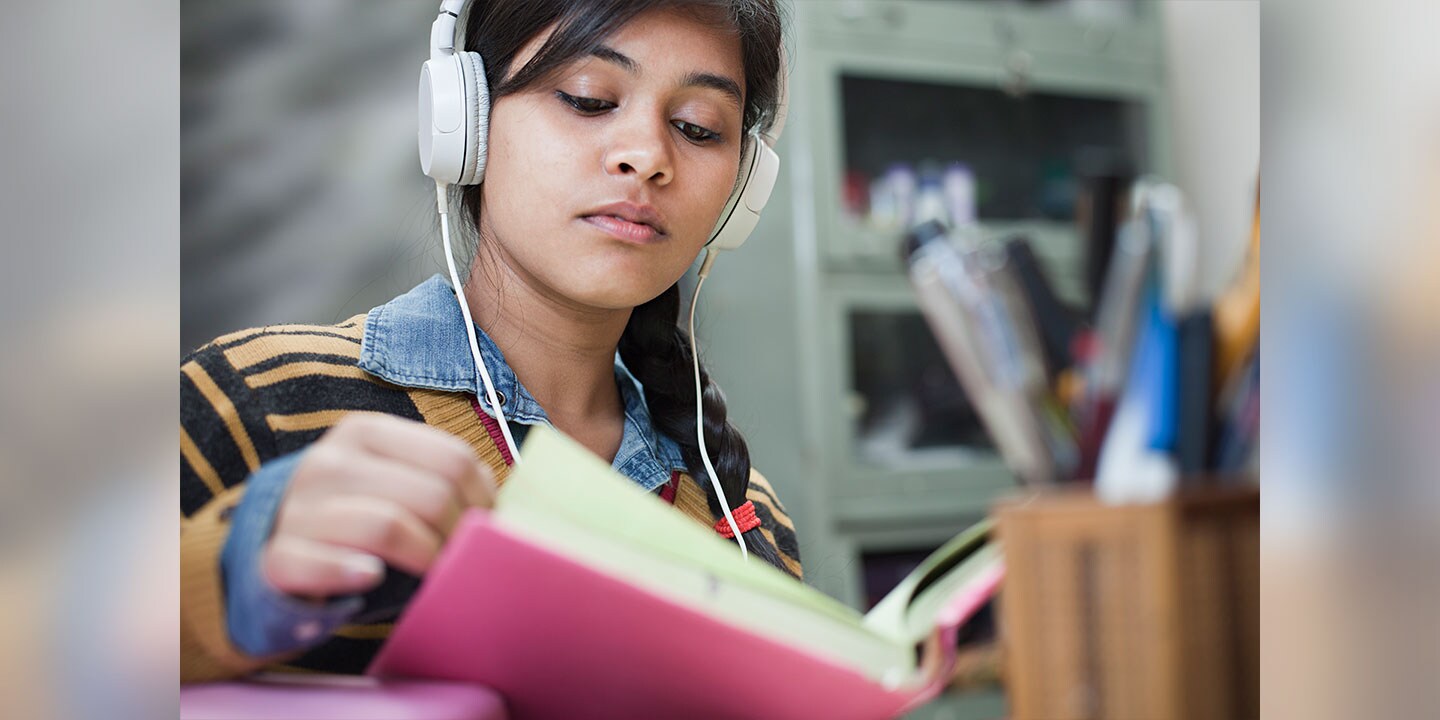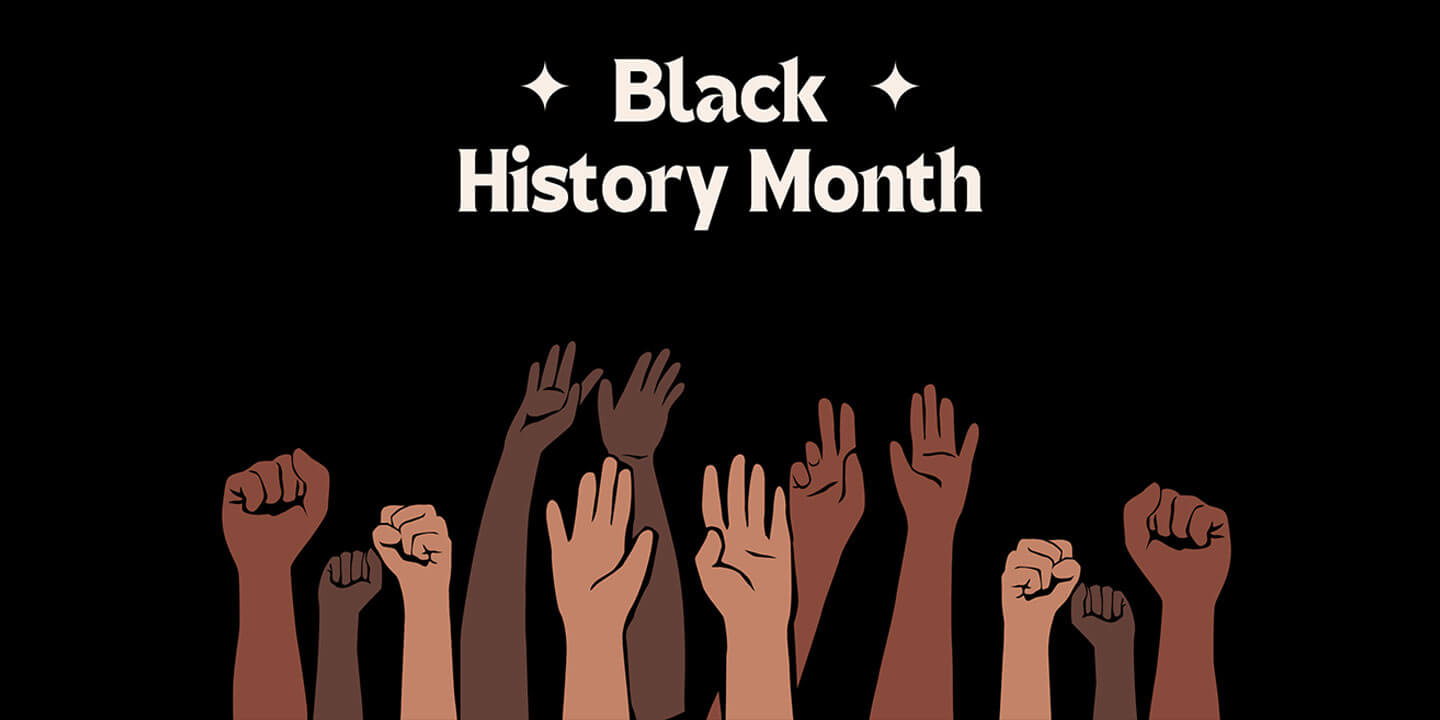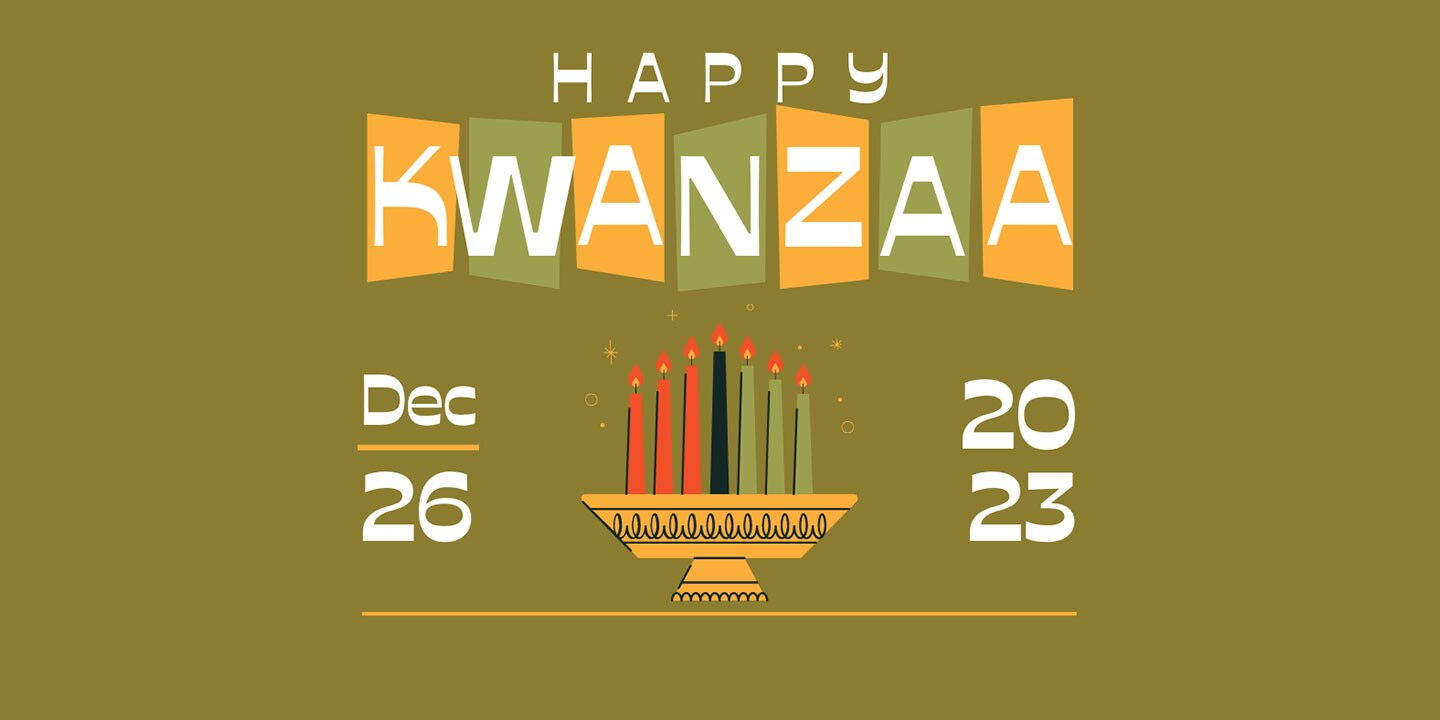
Boost Your Brain Power Through Reading
The action of reading, no matter how big or small, improves memory and concentration. It involves a complex network or brain circuits and signals. Reading more and more strengthens those networks and reduces stress by lowering your heart rate and blood pressure. When reading there are multiple processes that happen starting with word analysis and visualization and ending with vocalization and comprehension.
Reading Improves Memory
Reading can actually improve memory because of the multiple brain functions involved. It allows more time for the brain to stop; you have to think about what you read, process it, and then imagine what is happening in the story. These particular steps help you recall information and sharpen your memory.
Increases Vocabulary
Scientists Timothy Keller and Marcel Just discovered that intense reading in young children causes the brain to physically rewire itself and create more white matter which improves communication hence why some young children have a more developed vocabulary than their peers. Reading is also contagious so if you read to or around children, they are more likely to read on their own.
Increase Attention Span
Nowadays it is easy to grow bored because everything is becoming routine – getting off work or out of class and watching a series on Netflix. Reading actually increases your attention span. Due to the sequential narrative style, the author has to keep you engaged thus increasing your attention span. While books come in digital formats now (audio and etext), reading a physical book can create a stronger impact due to the connection your sense of touch makes with your brain.
Helps Relax and Promote Sleep
Ever had trouble falling asleep and decided to watch some television to help? Using screens like your phone, tablet or television can actually keep you awake longer and cause you to lose sleep. Reading a book helps you relax after a long day which allows you to go to sleep easier.
This summer, grab a good book and spend the day reading. It’s said that it takes twenty-one days to build a habit and ninety days to build a lifestyle so why not make reading one. Remember, it is one of the healthiest hobbies in the world!
Do you have a compelling story or student success tips you’d like to see published on the Pearson Students blog? If you are a college student and interested in writing for us – click here to pitch your idea and get started!

